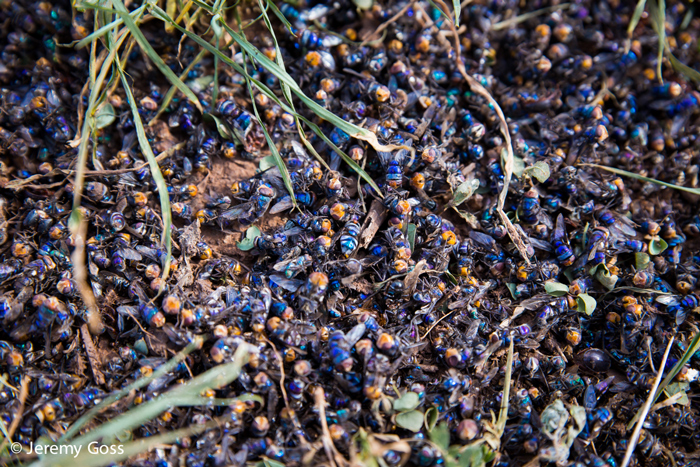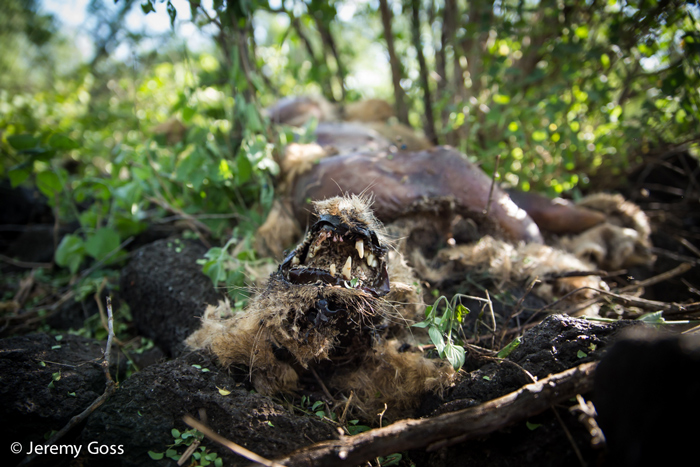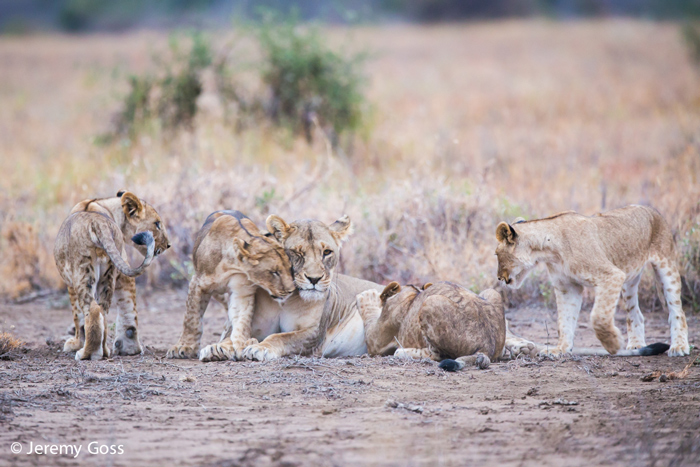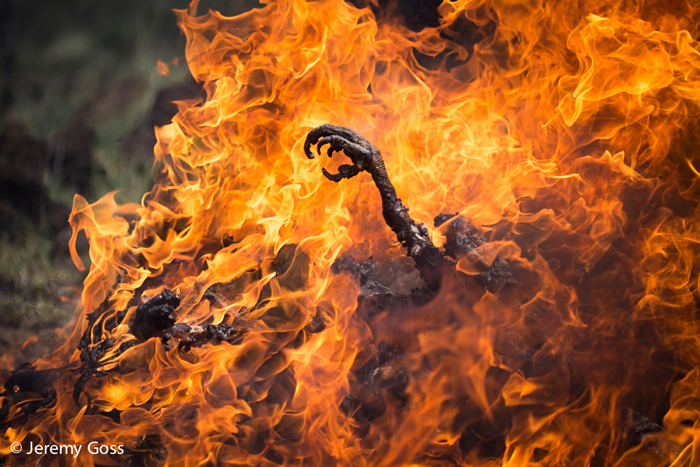The dead flies are the first sign, their blue bodies reflecting the sun in glittering piles. This was followed by that sinking feeling upon discovering a cow carcass eaten by more than just flies. Another example of the use of poison in human-wildlife conflict.

On the morning of 9th December, a community informer came to Big Life Foundation, an NGO operating in the greater Amboseli ecosystem of Kenya and Tanzania, with worrying information. Multiple livestock had been killed the night before, and lions were responsible for some of the deaths.
The call came from an area to the north of the core Amboseli ecosystem, a human-dominated place where there are no livelihood benefits associated with wildlife, and communities deal only with the costs. Knowing the threats this set of circumstances posed, the informer was immediately sent to investigate further.
He visited each livestock carcass, and the owners all appeared calm. Some had slaughtered what remained of their animals, and no one was talking about retaliation. But he missed one cow carcass.
The next day, there were rumours of poison, and staff from Big Life, Lion Guardians, and the Kenya Wildlife Service scrambled to get back to the scene. The rangers discovered the remains of a poisoned cow carcass, with lion tracks next to it. It wasn’t long before three dead lions were found, including two young cubs.
Tracks indicated that at least one (thought to be the pride male) survived, but four other lions remain unaccounted for in the pride.


The Amboseli lion population has been increasing for the past decade, which serves as a beacon of hope at a time when an IUCN assessment estimates a 59% drop in sample populations across East Africa over the last 20 years. This is a testament to the success of a Big Life livestock compensation programme, and the complementary work of groups such as the Lion Guardians.

But these interventions cannot reach everywhere. Sadly, this tragedy, which comes less than a week after a separate poisoning incident killed three lions in the Maasai Mara, was almost inevitable. Lions (or any predators, for that matter) that stray beyond zones of community tolerance are in immediate danger. Many of the communities in the areas bordering core wildlife habitat can ill afford the economic losses incurred by predators, particularly when any benefits from the presence of wildlife do not balance these.

There are some places in Africa where wild animals have a chance and others where the balance has tipped too far away from natural systems. This is not a situation that needs anger to cloud understanding. These are complex issues, involving the welfare of people and wild animals. Community engagement is the place to start, but unless predator conservation interventions can be scaled up, the reality is that it will always be difficult to prevent the ‘leakage’ effect when species that cause economic damage leave protected havens.
To comment on this story: Login (or sign up) to our app here - it's a troll-free safe place 🙂.![]()








